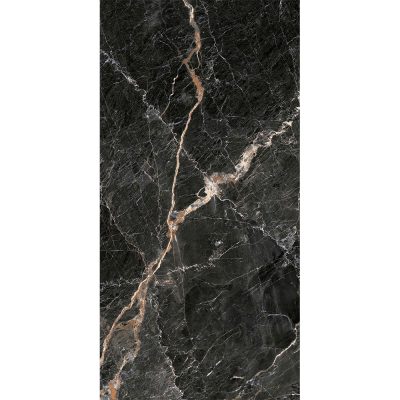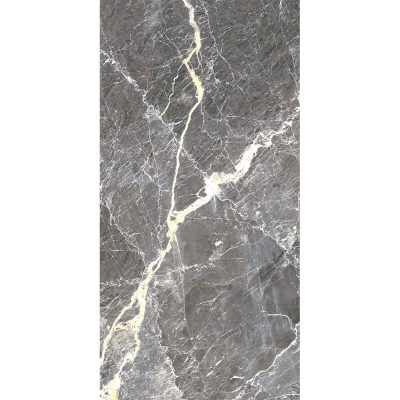As sustainability continues to take center stage in consumer purchasing decisions, it’s essential to consider the entire lifecycle of building materials, including ceramic floor tiles. From their production to disposal, ceramic tiles offer a sustainable choice that minimizes environmental impact and promotes responsible stewardship of natural resources.
The journey of ceramic tiles begins with the extraction of raw materials, such as clay, sand, and minerals, from the earth. Unlike some flooring materials that rely on finite resources or contribute to deforestation, ceramic tiles are made from abundant natural materials that can be responsibly sourced and replenished. This reduces the ecological footprint of tile production and ensures long-term sustainability.
During the manufacturing process, ceramic tiles undergo firing in kilns at high temperatures, a critical step that gives them their strength, durability, and aesthetic appeal. While kiln firing consumes energy, advancements in technology have led to more energy-efficient practices and the use of alternative fuels, such as natural gas and biomass, further reducing the environmental impact of tile production.
Once installed in homes or commercial spaces, ceramic floor tiles boast a long service life that far exceeds many other flooring options. Their durability and resistance to wear and tear mean fewer replacements over time, reducing the amount of waste sent to landfills and conserving valuable resources. Additionally, ceramic tiles can be recycled at the end of their lifecycle, further minimizing their environmental footprint.
In conclusion, the sustainable lifecycle of ceramic floor tiles underscores their role as a responsible choice for environmentally conscious consumers. From sustainable sourcing of raw materials to energy-efficient manufacturing practices and long-term durability, ceramic tiles embody principles of sustainability that benefit both people and the planet. By choosing ceramic tiles for their homes and buildings, consumers can contribute to a more sustainable future for generations to come.







